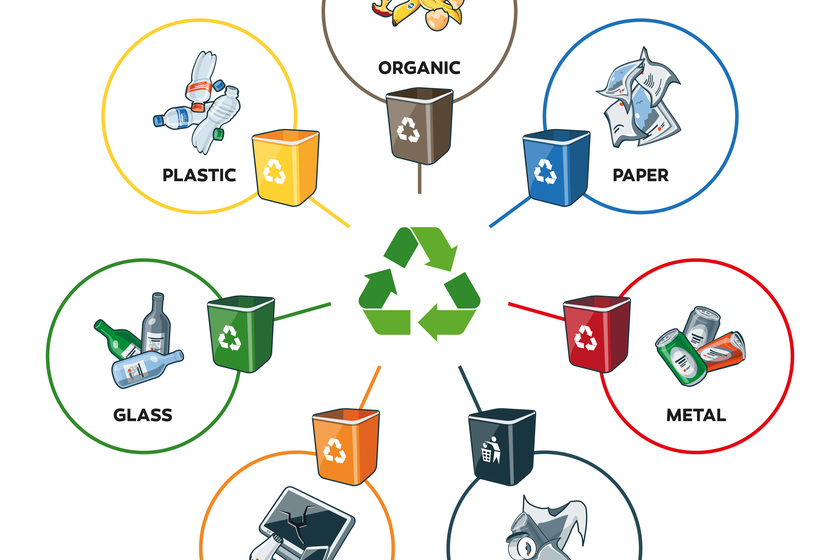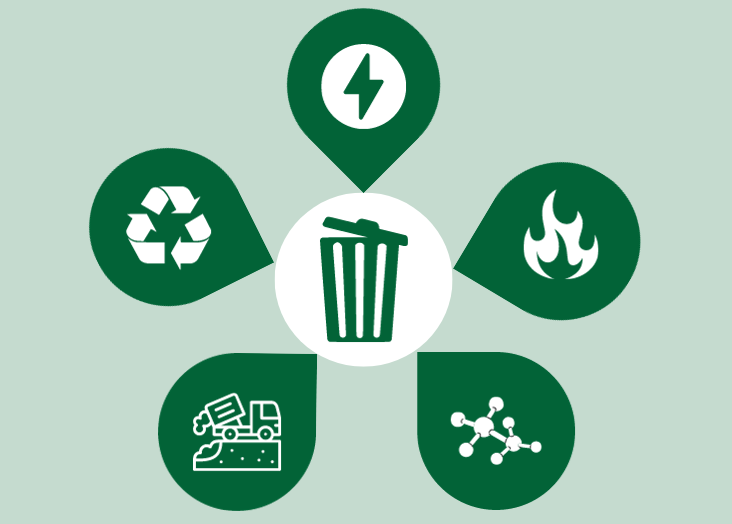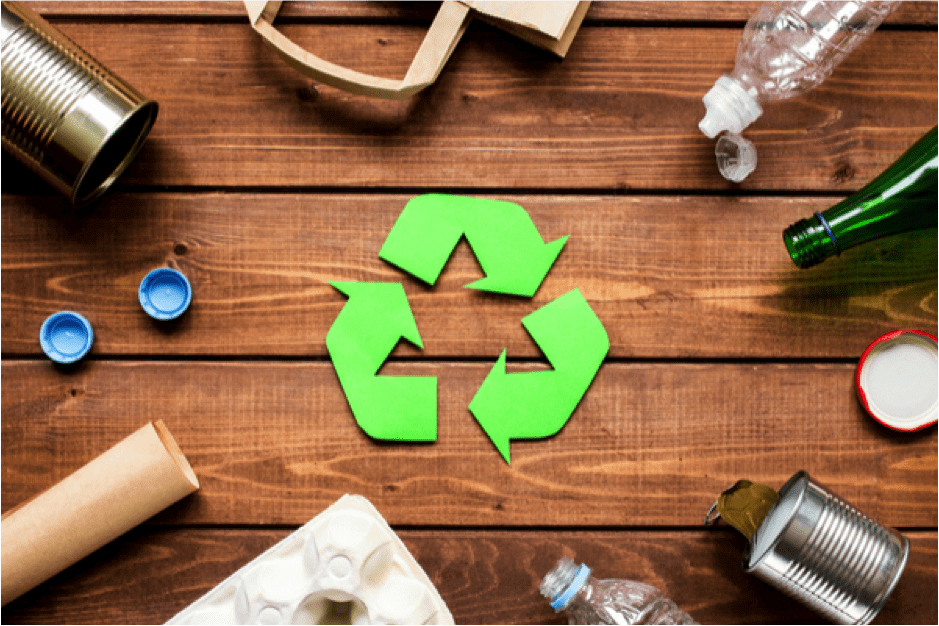Recycling Lives Services: Changing Waste right into Prized Possession Resources
Wiki Article
Checking Out Various Sorts Of Waste in Modern Waste Management Equipment
The modern landscape of waste management involves browsing a complex variety of waste types, each requiring specialized handling and disposal methods to reduce environmental influences. Metropolitan strong waste, unsafe waste, digital waste, and natural waste each existing distinctive challenges and chances for source recovery.Community Strong Waste
Community solid waste, usually referred to as household garbage or waste, includes a variety of thrown out materials created by domestic, commercial, and institutional sources within a district. This waste stream typically consists of products such as product packaging, food scraps, yard trimmings, paper, plastics, fabrics, and disposed of family products. The administration of local strong waste is a critical component of city planning and public health and wellness, requiring effective collection, transportation, and disposal systems.Effective waste management systems are designed to decrease ecological influence while making best use of resource recovery. Composting natural waste, such as food scraps and yard trimmings, not just reduces landfill use however additionally creates important dirt changes.
Communities should also address the logistical and economic difficulties related to waste management. Carrying out pay-as-you-throw systems, enhancing public awareness, and buying innovation can dramatically improve waste diversion prices. By incorporating these practices, communities can foster lasting communities, reduce greenhouse gas exhausts, and preserve natural deposits.
Contaminated Materials

Effective hazardous waste monitoring includes a number of crucial steps: recognition, treatment, disposal, and segregation. Recognition requires the classification of waste based upon its hazardous properties. Segregation ensures that unsafe materials are stored individually from non-hazardous waste to avoid cross-contamination. Treatment techniques, such as chemical neutralization, incineration, and stabilization, are utilized to minimize the poisoning, volume, or flexibility of the waste. Disposal options, consisting of protected land fills and below ground storage space, are chosen to make certain long-lasting control.
Regulatory structures, such as the Source Conservation and Recovery Act (RCRA) in the USA, provide standards and criteria for contaminated materials management. Adherence to these policies, combined with developments in waste therapy modern technologies, is vital in reducing the threats connected with unsafe waste.
Digital Waste
Electronic waste, generally referred to as e-waste, represents a quickly expanding obstacle in waste administration systems around the world. This kind of waste incorporates discarded electronic devices and tools such as smartphones, computers, televisions, and various other digital devices. The quick rate of technical innovation, coupled with lowering item lifespans and customer demand for the current devices, has actually significantly boosted the quantity of e-waste generated each year.E-waste is specifically bothersome as a result of its intricate make-up, often consisting of harmful materials like cadmium, lead, and mercury, which position significant ecological and health threats if not effectively managed. Conversely, e-waste also has beneficial materials such as gold, silver, and copper, which can be recovered and recycled. The twin nature of e-waste-- both harmful and useful-- requires specific handling, recycling, and disposal procedures.
Efficient e-waste administration involves rigid governing structures, durable collection systems, and progressed recycling innovations. Public awareness and involvement are important, as improper disposal techniques, such as prohibited unloading and casual recycling, aggravate ecological contamination and carcinogen. Boosting e-waste management techniques is vital for reducing ecological influence and recovering useful resources in a significantly digital globe.

Organic Waste
Organic waste, consisting of cooking area scraps, backyard trimmings, and farming deposits, stands for a considerable portion of the international waste stream. This type of waste is eco-friendly, meaning it can be broken down by microorganisms into simpler organic substances. Despite its capacity for natural disintegration, improper administration of natural waste can lead to damaging ecological influences, including the emission of greenhouse gases such as methane, which add to environment modification.Efficient administration of natural waste is vital for decreasing these environmental effects (recycling lives services). Composting is an extensively taken on approach, transforming natural waste right into nutrient-rich compost that can enhance dirt health and wellness and farming productivity. Additionally, anaerobic digestion is an arising technology that converts organic waste into biogas, a renewable resource resource, and digestate, which can be used as plant food
Municipalities and waste administration entities should carry out robust natural waste collection and treatment programs to make the most of the advantages of these procedures. Public education projects can also play a critical role in motivating families and services to different organic waste from other types of waste. By prioritizing the monitoring of natural waste, societies can decrease garbage dump use, reduced greenhouse gas emissions, and create useful results for agricultural important link usage.

Ingenious Waste Monitoring
In the realm of waste administration, cutting-edge methods are transforming just how societies manage their refuse, aiming for sustainability and efficiency. These improvements include a variety of modern technologies and practices that boost recycling prices, minimize garbage dump reliance, and reduced ecological influence. One noticeable development is the implementation of wise waste containers furnished with sensors that monitor fill levels and enhance collection courses. This not only reduces gas consumption but additionally minimizes greenhouse gas exhausts.
Another noteworthy growth is the fostering of waste-to-energy (WtE) technologies. By transforming non-recyclable waste right into useful power via processes such as incineration and anaerobic food digestion, WtE reduces garbage dump problem and offers a renewable resource resource. Improvements in chemical reusing enable for the break down of intricate plastics into their initial monomers, enabling the production of brand-new, high-quality plastic items.
Additionally, the circular economy model is acquiring grip, stressing the layout of products and systems that focus on reusability and resource efficiency. This alternative strategy encourages sectors to minimize waste generation from the outset. Via these ingenious approaches, modern waste administration systems are not only attending to the prompt difficulties of waste disposal however also leading the way for a more lasting future.
Conclusion
A thorough understanding of community strong waste, contaminated materials, digital waste, and organic waste, paired with the implementation of ingenious waste administration remedies, is crucial for mitigating environmental impacts. Incorporating innovations such as clever waste containers and waste-to-energy systems can boost efficiency and sustainability. Effective waste monitoring approaches not only foster resource healing yet also advertise public understanding and involvement, ultimately adding to the growth of a round economy.The contemporary landscape of waste monitoring involves browsing a complicated array of waste kinds, each needing specialized handling and disposal approaches to minimize environmental effects. Metropolitan solid waste, harmful waste, digital waste, and organic waste each existing unique difficulties and opportunities for source healing.Digital waste, generally referred to as e-waste, stands for a swiftly growing difficulty in waste management systems internationally. With these cutting-edge strategies, contemporary waste administration systems are not only dealing with the instant challenges of waste disposal however also leading the means you could try these out for an extra lasting future.
A detailed understanding of municipal strong waste, hazardous waste, electronic waste, and organic waste, click paired with the application of innovative waste administration remedies, is important for minimizing environmental influences. (recycling lives services)
Report this wiki page